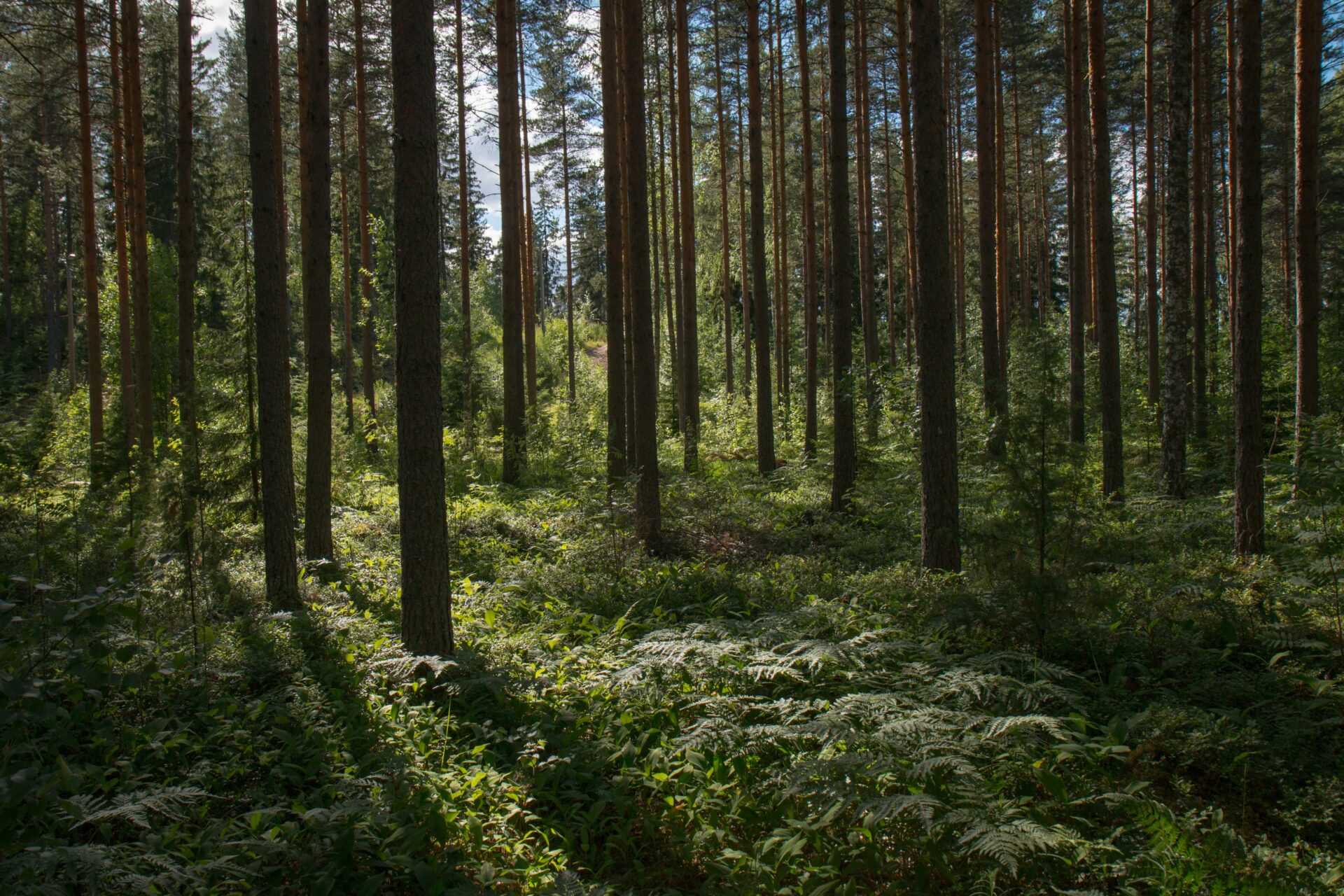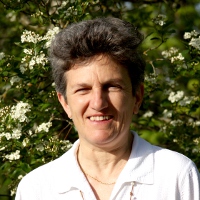We developed a process that links the mechanistic power of dynamic global vegetation models with the detailed vegetation dynamics of state-and-transition models to project local vegetation shifts driven by projected climate change. We applied our approach to central Oregon (USA) ecosystems using three climate change scenarios to assess potential future changes in species composition and community structure. Our results suggest that: (1) legacy effects incorporated in state-and-transition models realistically dampen climate change effects on vegetation; (2) species-specific response to fire built into state-and-transition models can result in increased resistance to climate change, as was the case for ponderosa pine (Pinus ponderosa) forests, or increased sensitivity to climate change, as was the case for some shrublands and grasslands in the study area; and (3) vegetation could remain relatively stable in the short term, then shift rapidly as a consequence of increased disturbance such as wildfire and altered environmental conditions. Managers and other land stewards can use results from our linked models to better anticipate potential climate-induced shifts in local vegetation and resulting effects on wildlife habitat.
Assessing potential climate change effects on vegetation using a linked model approach


